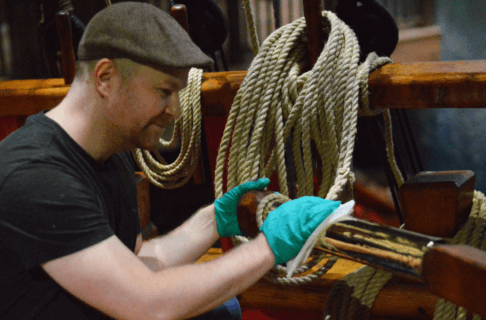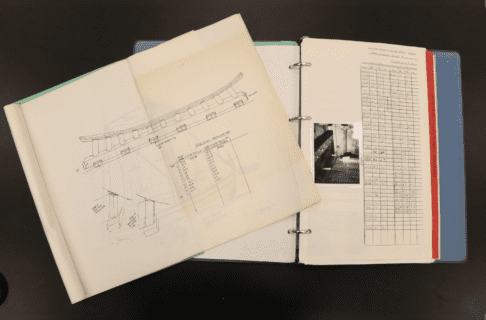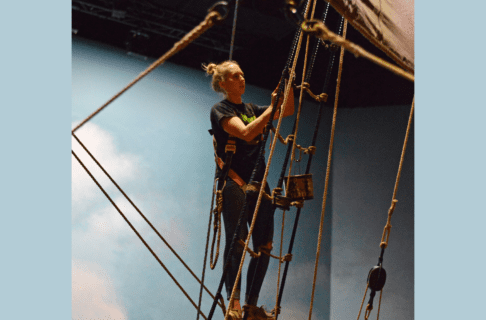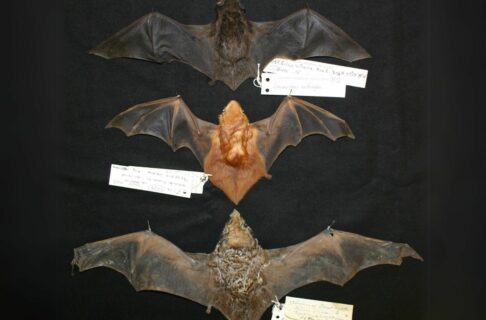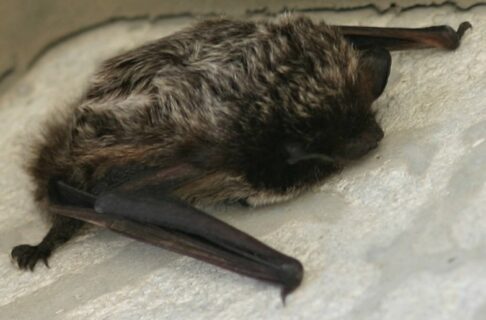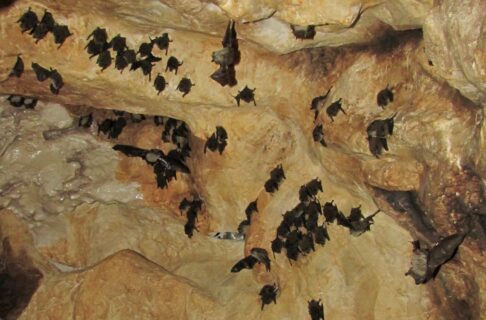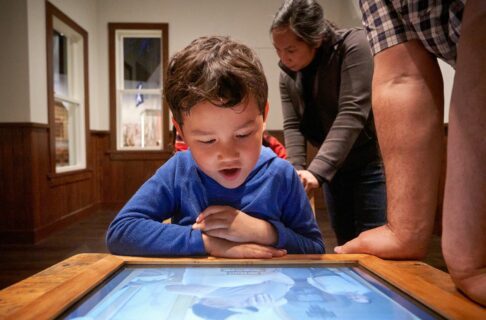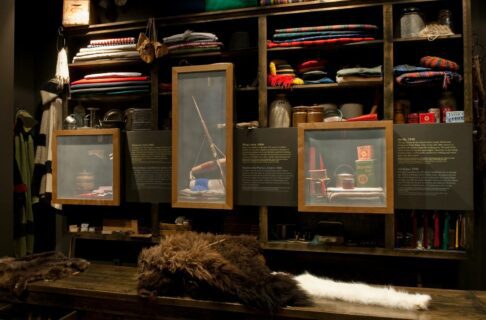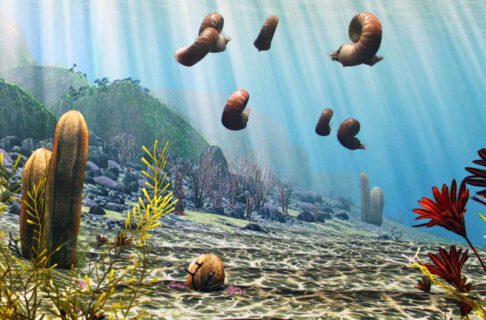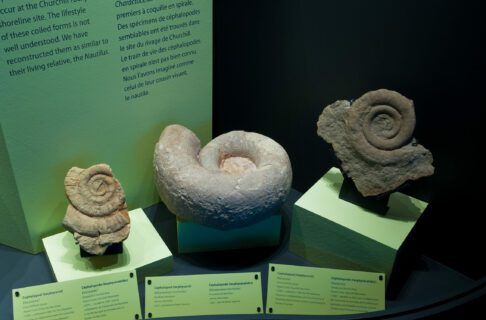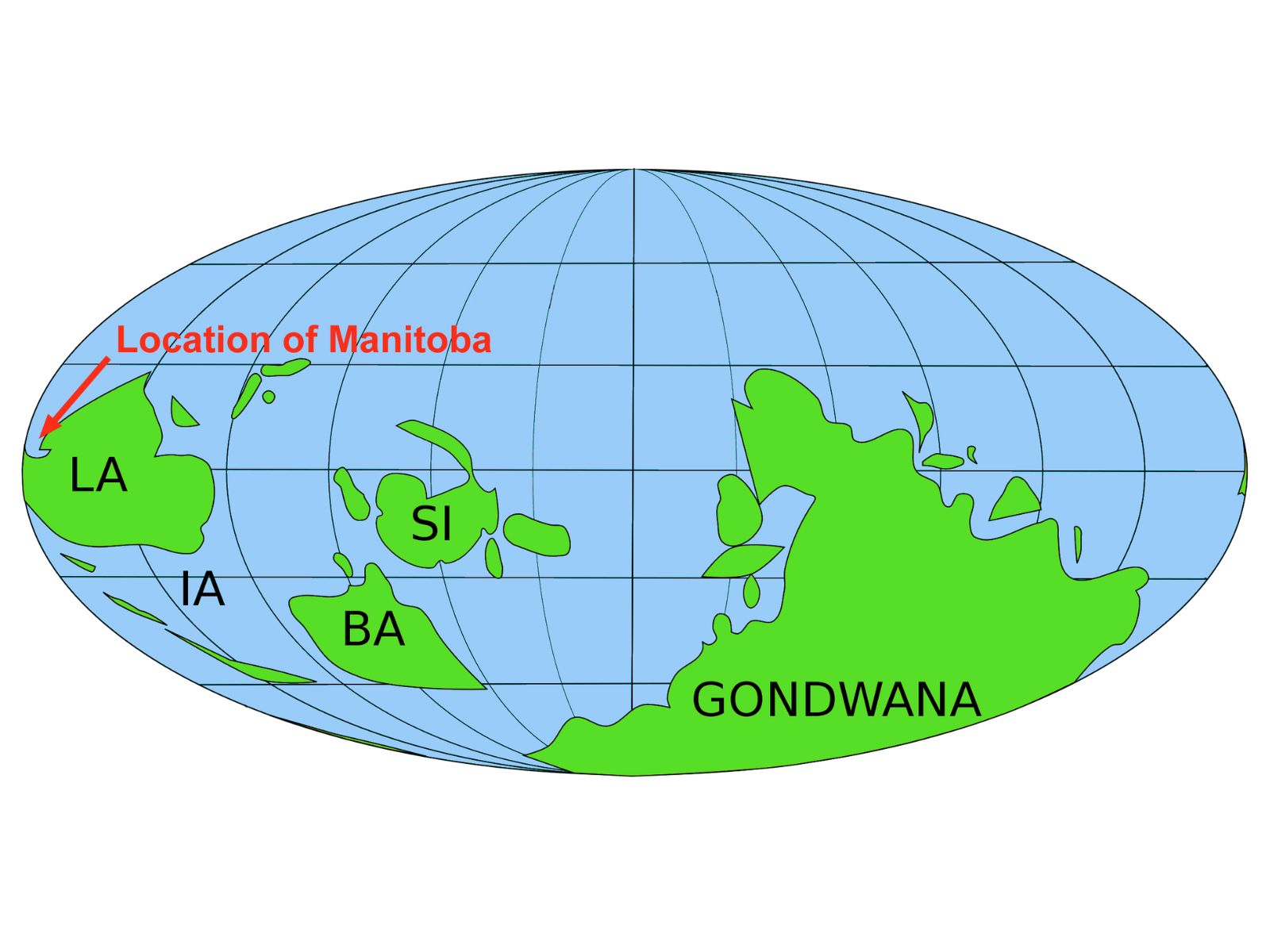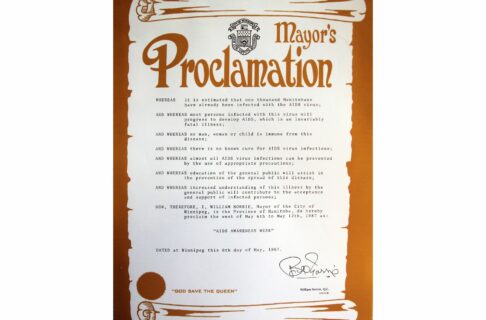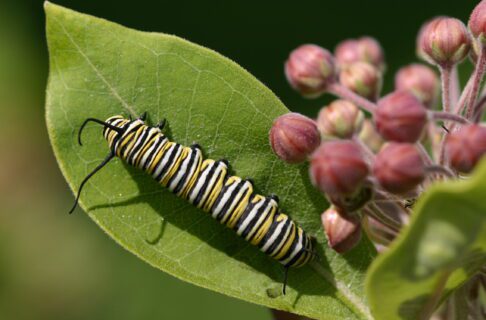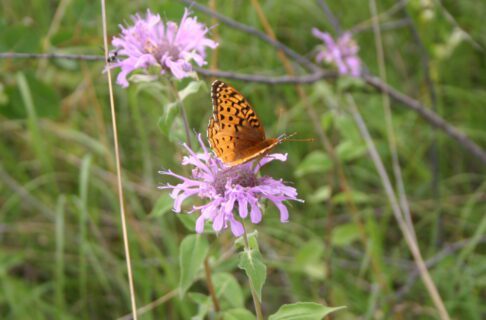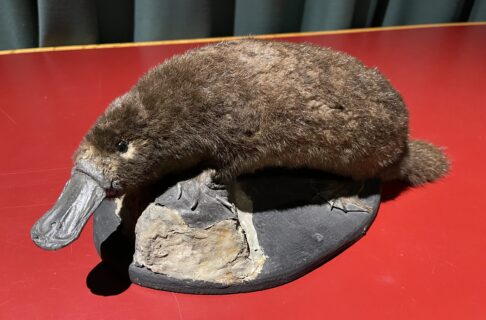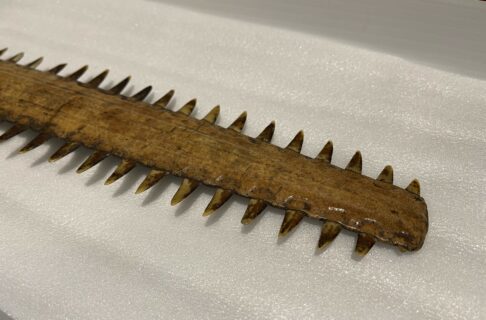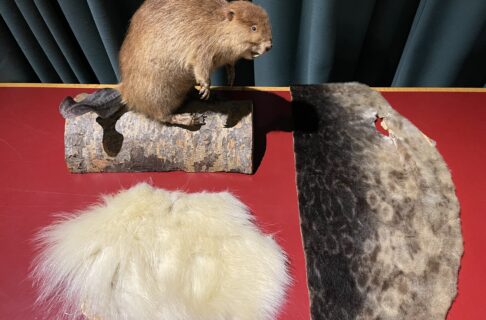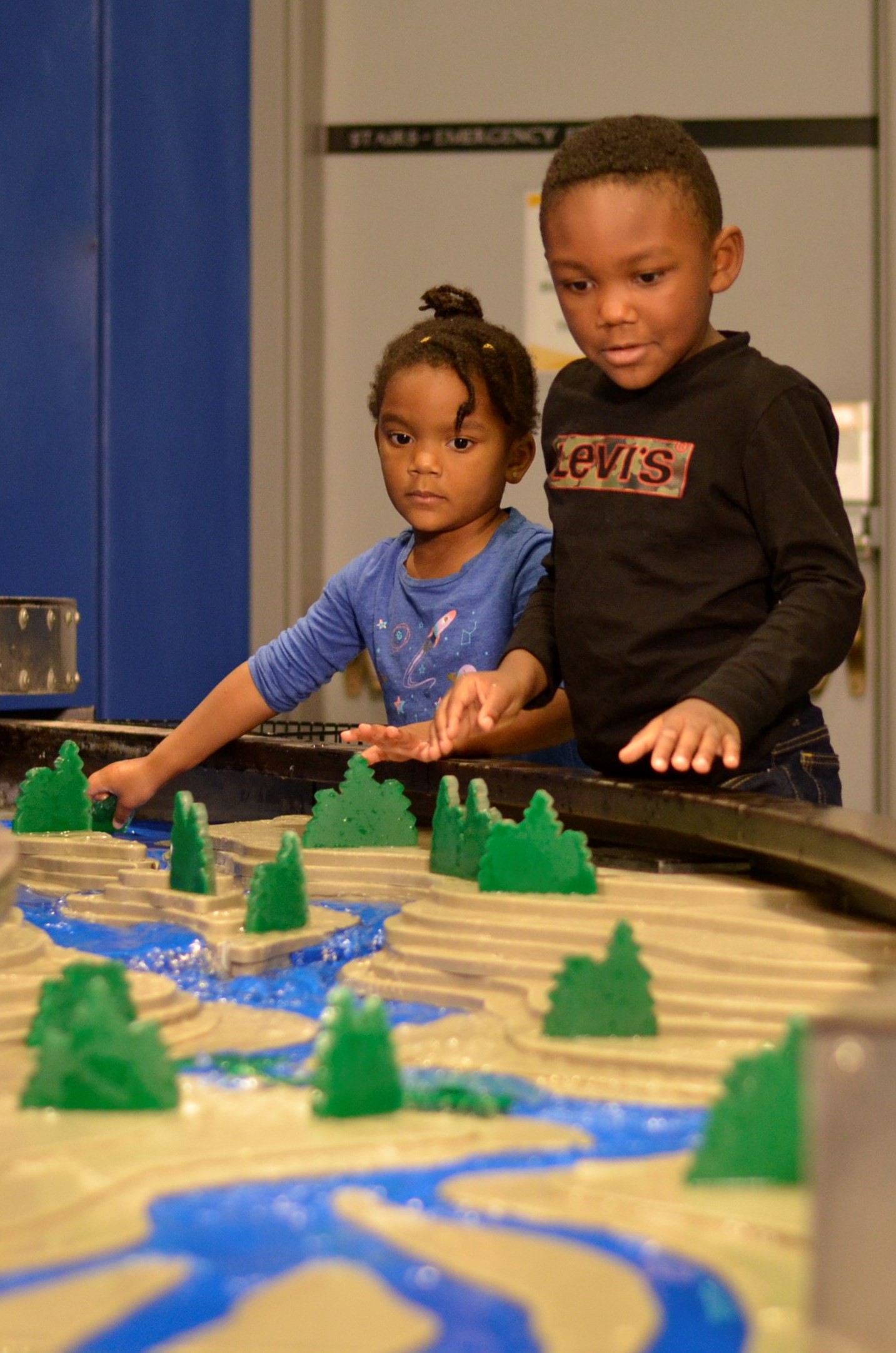Giving Tuesday is the world’s largest generosity movement, unleashing the power of people and organizations to transform their communities and the world. In past years, Giving Tuesday has seen over $50 Million donated in Canada in just a 24-hour period.
This Giving Tuesday, which fell on November 28, the Manitoba Museum launched a goal to raise $50,000, with every dollar raised matched by the Carolyn Sifton Foundation. Each donation helps ensure the Museum remains a vibrant centre of learning for generations to come. But our work isn’t done: the Foundation has generously extended their matching deadline, meaning your donation today can make twice the impact.
The Museum provides that unique element of opening those doors into the past but also creating pathways that lead out into the future.
Mike Jensen, Programs and Volunteer Coordinator
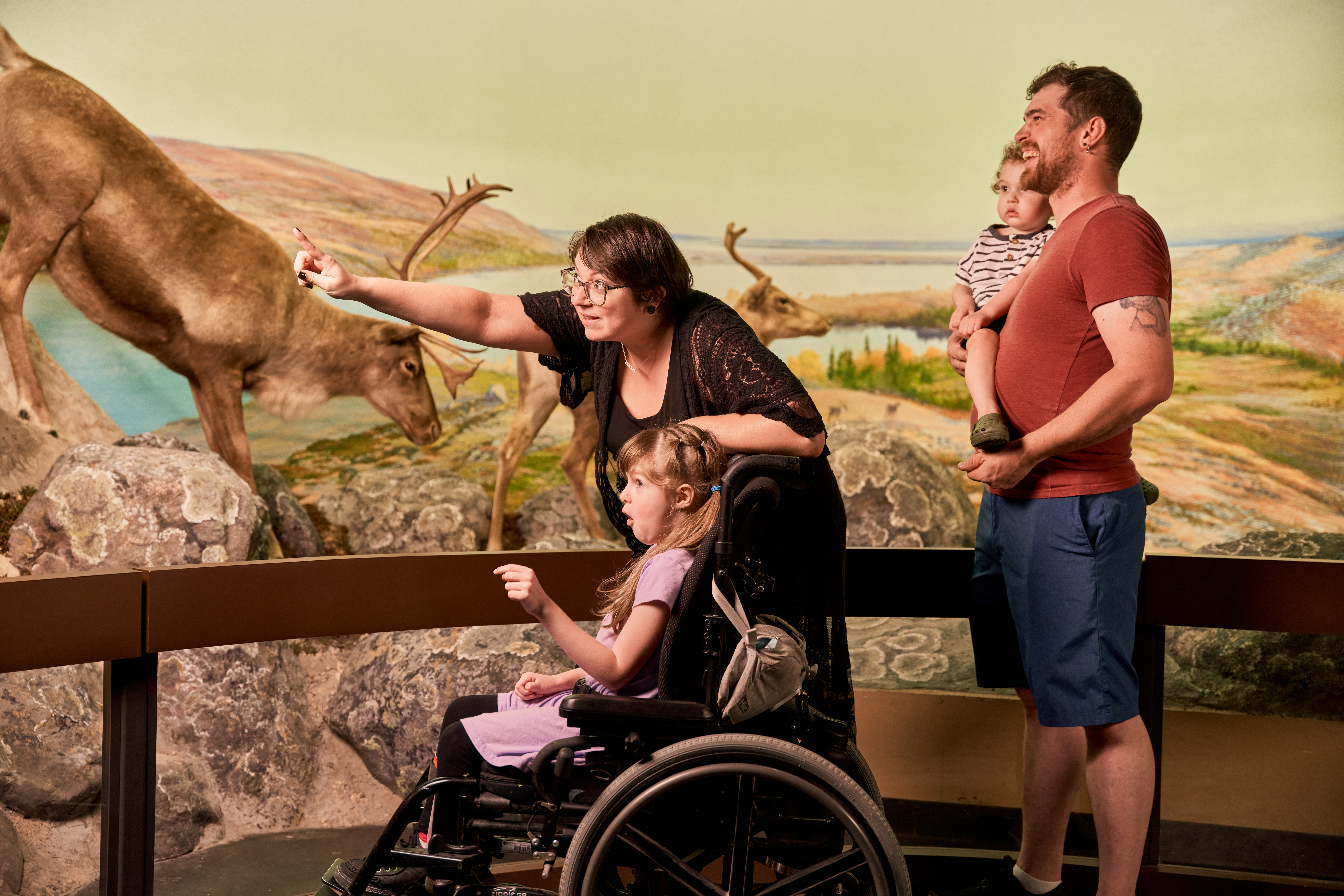
Your support ensures the Manitoba Museum remains place that is accessible and welcoming to all in our
community. ©Manitoba Museum/Rejean Brandt.
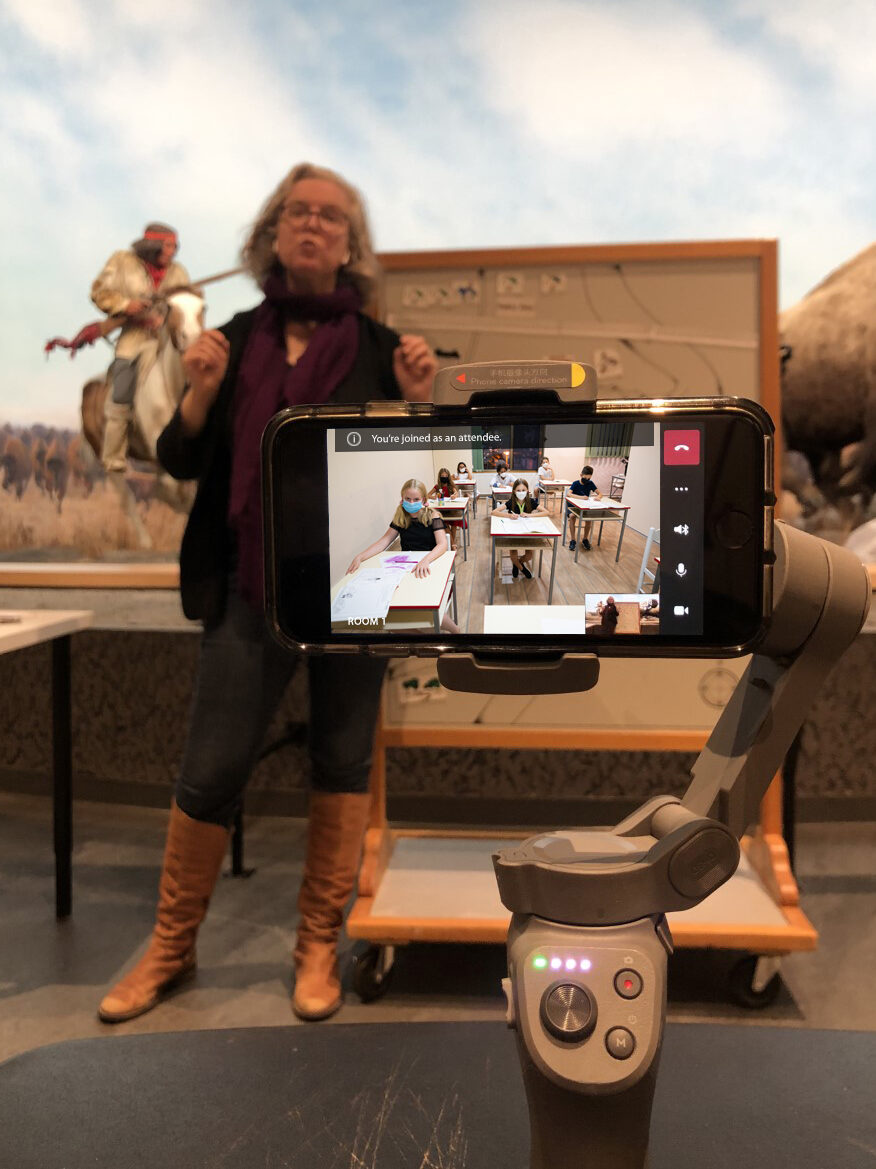
How will your donation make an impact?
Your support is critical to the success of so many different facets of the Museum’s work:
- Continued support for ground-breaking research: Research conducted at the Manitoba Museum has won a place in the Guinness Book of World Records, extended the fossil records of animal groups by millions of years, explored the achievements of Indigenous Peoples and cultural communities in Manitoba, and uncovered new species.
- Engaging programming for schools & public: The Manitoba Museum offers immersive learning
and discovery through both exciting and engaging public workshops and incredible curriculum-based
experiences for school groups – in fact, in 2022/23 the Museum engaged with 65,955 young minds through education programs, both on-site and virtually. - Creating a Museum that belongs to all Manitobans: Through the Access for All program, thousands of community members enjoy complimentary access to the Museum each year. Visitors engage in memorable learning experiences that bridge our understanding and love of history, nature, and science with today’s reality and hopes for the future.
Our province is constantly changing and evolving. How does that reflect here at the Manitoba Museum? How can we be a place where people can come see themselves, and also feel like they are part of it, and part of the history going forward?
Dr. Amelia Fay, Curator of Anthropology and HBC Museum Collections
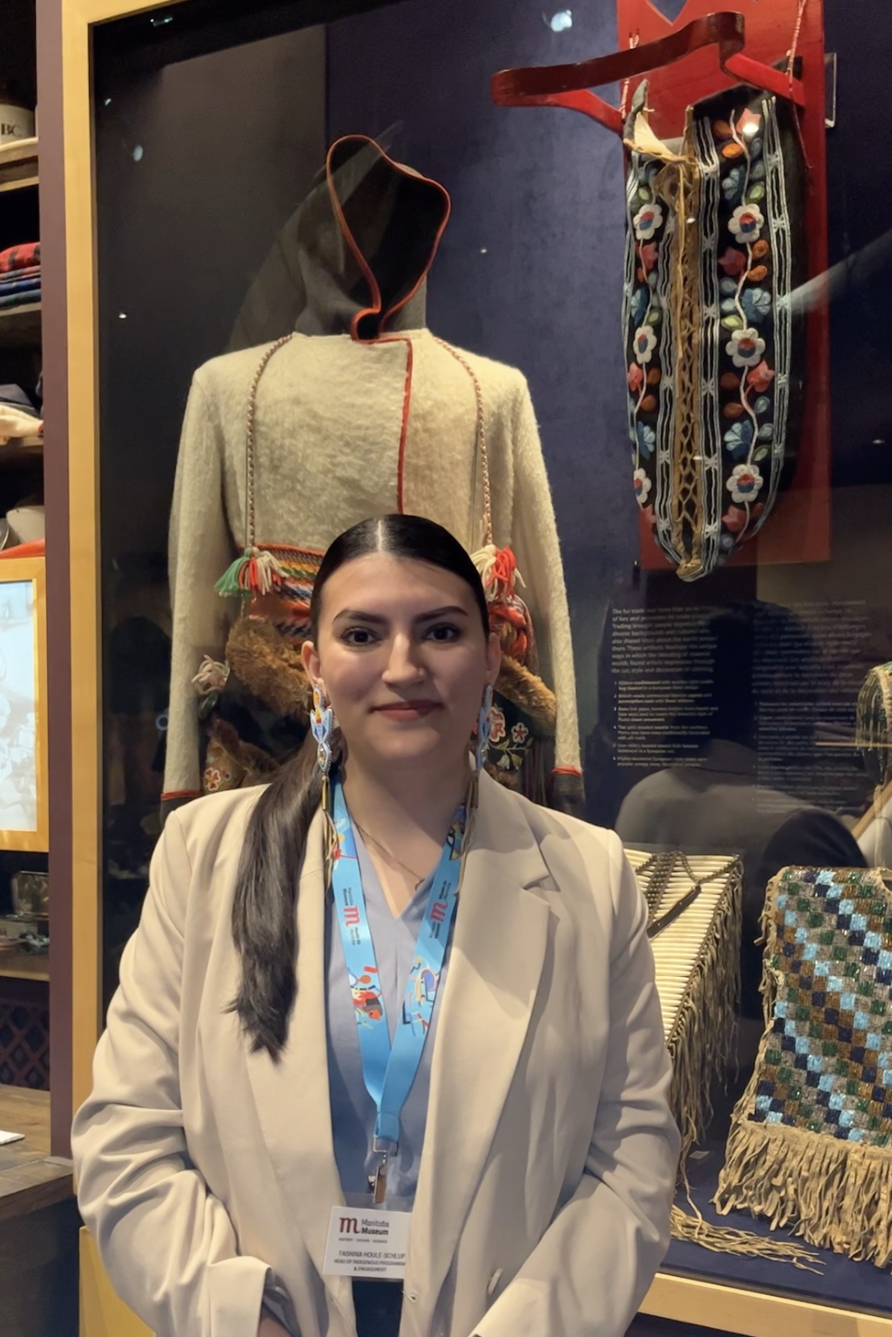
How can you help?
Your donation can help us continue to serve our community and remain a place of belonging and learning for all. We invite you to join the Giving Tuesday movement to help us to build a better future, together. Visit ManitobaMuseum.ca/Donate to contribute today.

Help us build a better future, together
The popular Indigenous Motherhood Tour is just one of the incredible public programs made possible through our donors. ©Manitoba Museum



